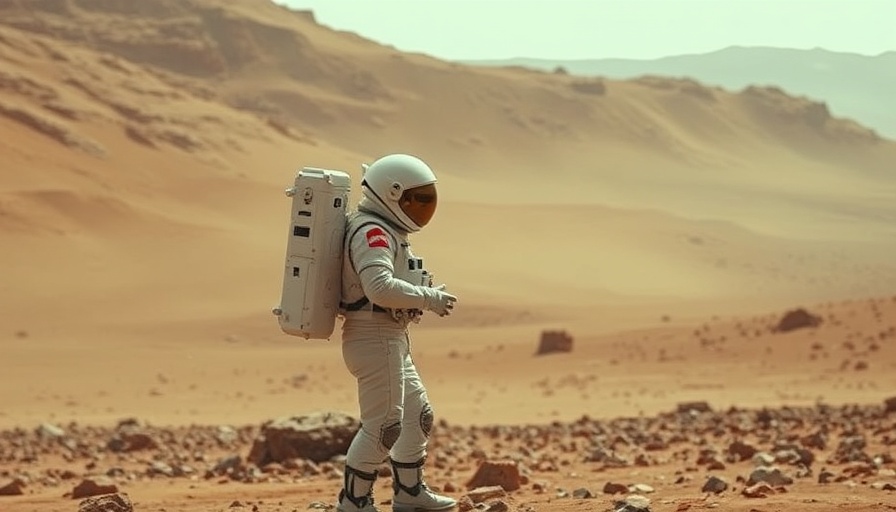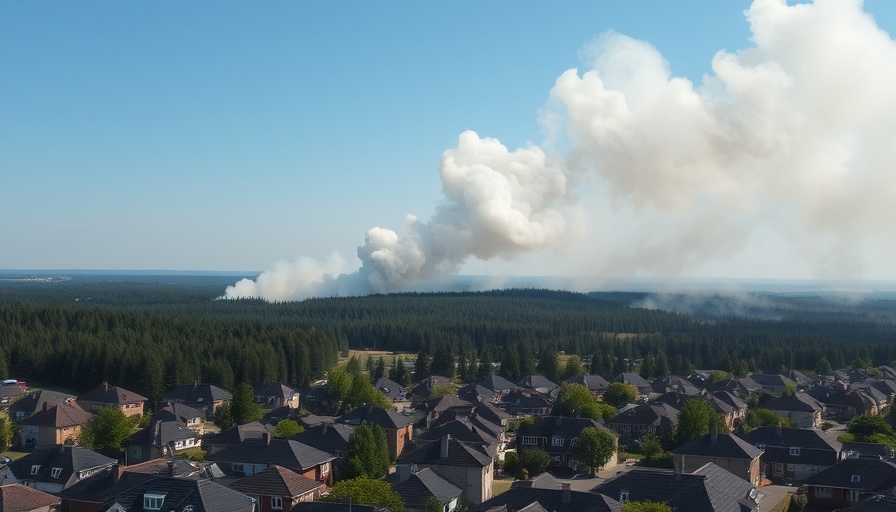
The Hidden Dangers of Martian Dust: What Future Astronauts Need to Know
As humanity gears up for its first long-term explorations of the Red Planet, recent studies reveal alarming information about one significant aspect of the Martian environment: the dust. A comprehensive study by scientists from the University of Colorado Boulder highlights the potential health risks that Martian dust poses to astronauts, suggesting that chronic exposure could lead to respiratory issues, thyroid disease, and more.
Understanding the Composition of Martian Dust
The research, published in the journal GeoHealth, emphasizes the importance of analyzing the chemical makeup of Martian dust. Authors Justin Wang and Brian Hynek reveal that the dust contains a variety of harmful compounds, including silicates, iron oxides, beryllium, arsenic, and toxic perchlorates. In contrast to the Apollo missions, where lunar dust caused only mild irritation, Martian dust seems to carry more severe long-term risks due to its complex composition.
The Long-Term Implications of Martian Dust Exposure
Astronauts may find themselves on Mars for extended periods, potentially up to a year and a half. During this time, they will likely contend with ubiquitous dust storms and the inevitable accumulation of dust on their spacesuits. As Wang puts it, “Dust is a solvable problem,” underlining the need for specialized technologies to mitigate exposure risks. Addressing these issues proactively will ensure astronaut safety and health on Mars missions.
Innovation in Martian Health Strategies
Coordination between fields such as medicine, geology, and aerospace engineering is crucial to develop technologies that shield astronauts from harmful Martian dust. The combination of scientific disciplines could lead to significant innovations—ranging from advanced filtration systems to healthier living environments in Martian habitats—that can protect future explorers.
Why This Research Matters to All of Us
While the immediate health implications of Martian dust may seem remote to many, this research echoes broader themes in health and safety, especially concerning environmental hazards. Just as astronauts must contend with the challenges of living on another planet, our everyday exposure to various pollutants and toxins can yield similar health concerns. Innovations developed for space exploration frequently find applications back on Earth, enhancing protections in our own environments.
As you read about these risks and solutions, consider the broader implications for health management, environmental policies, and technological advancement here on Earth. The lessons learned from Martian dust could lead to breakthroughs that benefit everyone.
 Add Row
Add Row  Add
Add 




 Add Row
Add Row  Add
Add 



Write A Comment